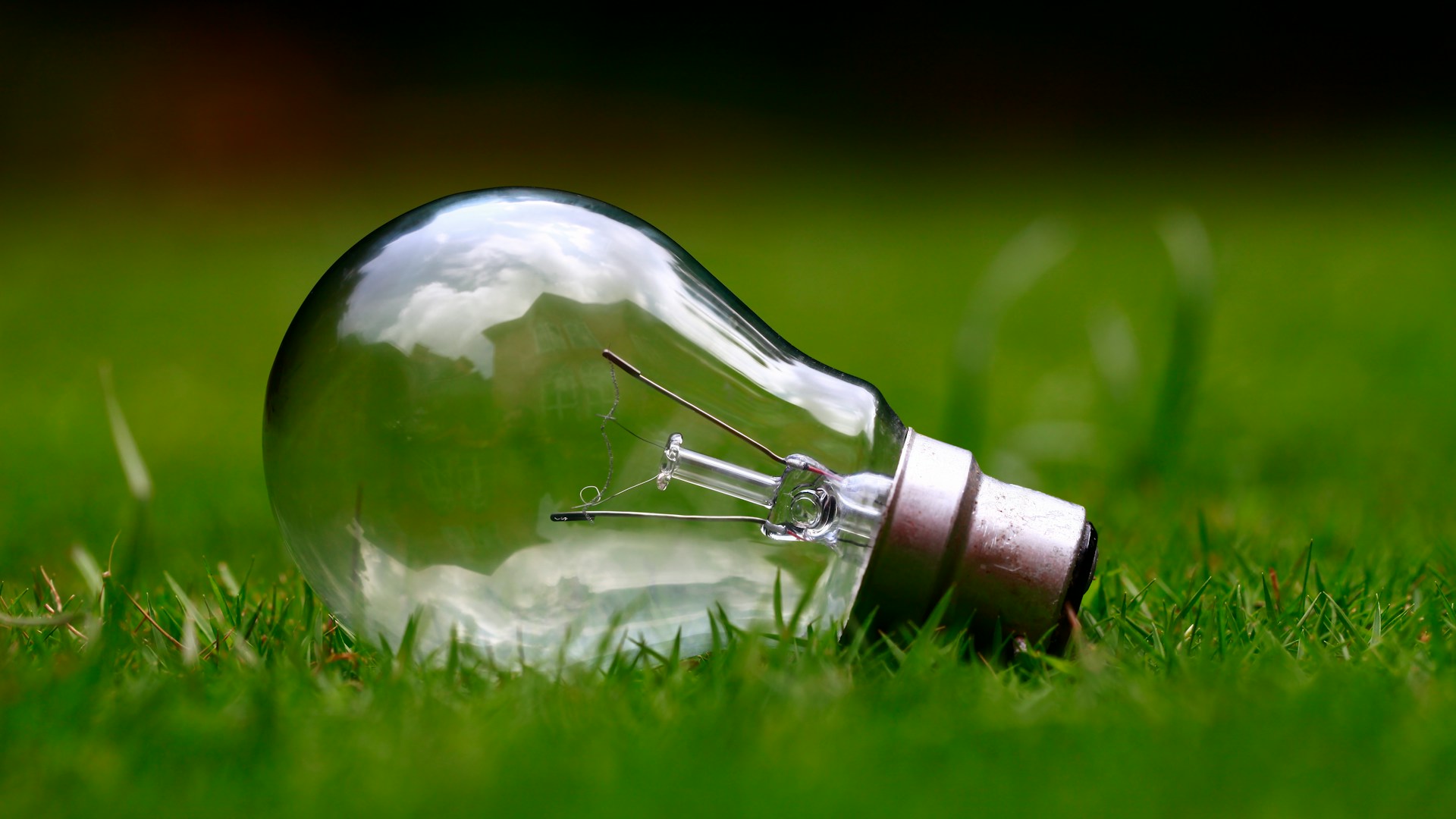

Question: How to Make Your Home More Energy-Efficient in Canada?
Answer: To make your home more energy-efficient in Canada improve insulation, upgrade windows and doors, switch to LED lighting, use energy-efficient appliances, and consider renewable energy sources.
Boost Your Home’s Energy Efficiency
Creating an energy-efficient home offers significant advantages, from lowering utility bills to reducing your environmental footprint. Whether you live in a bustling city or a quiet rural area, implementing energy-saving strategies benefits both your wallet and the planet. Explore practical steps you can take to optimize your home’s energy consumption.
Evaluating Your Current Energy Usage
Before embarking on energy-efficiency upgrades, assess your home’s current energy performance. A home energy audit, conducted by a qualified professional, provides a comprehensive analysis of your energy consumption patterns. This assessment pinpoints areas of heat loss, drafts, and inefficient appliances, offering tailored recommendations for improvement. Alternatively, you can conduct a DIY assessment by closely monitoring your utility bills and visually inspecting your home for potential energy leaks.
Click the link to continue reading about Orangeville real estate agents
Related Article: Where Do You Lose Most Heat in the House?
Related Article: Which Energy System is the Most Efficient?
Upgrading Windows and Doors
Windows and doors represent significant sources of energy loss. Older, single-pane windows lack the insulating properties of modern, energy-efficient models. Upgrade to ENERGY STAR certified windows with double or triple glazing, low-E coatings, and gas fills to maximize energy savings. Similarly, replacing outdated exterior doors with insulated and properly sealed models enhances energy efficiency and improves overall comfort.
Window Replacement:
Choose energy-efficient windows with high insulation values.Door Upgrades:
Install weatherstripping and maybe insulated doors.Window Coverings:
Utilize blinds, curtains, and shades to regulate temperature.
Enhancing Heating and Cooling Systems
Your heating and cooling system plays a vital role in your home’s energy consumption. Regular maintenance, including filter replacements and system tune-ups, ensures optimal performance and efficiency. Think about upgrading to a high-efficiency furnace or air conditioner with a higher EnerGuide rating. Programmable thermostats offer intelligent temperature control, allowing you to adjust settings based on your schedule and preferences, further minimizing energy waste.
Furnace Maintenance:
Schedule annual inspections and change filters regularly.Air Conditioner Efficiency:
Consider high-efficiency models with variable-speed compressors.Thermostat Optimization:
Utilize programmable or smart thermostats.
Embracing Energy-Efficient Appliances and Lighting
Appliances and lighting contribute significantly to your overall energy usage. Look for ENERGY STAR certified appliances, designed to consume less energy while maintaining performance. Switch to energy-efficient LED lighting, which uses significantly less electricity than traditional incandescent bulbs. Power bars allow you to conveniently switch off multiple devices at once, eliminating phantom loads and reducing energy consumption.
Appliance Upgrades:
Choose ENERGY STAR certified refrigerators, dishwashers, and washing machines.Lighting Improvements:
Replace incandescent bulbs with LED lights.Power Management:
Use power bars to control multiple devices.
Water Heating Efficiency
Water heating accounts for a substantial portion of household energy use. Lowering your water heater temperature, insulating hot water pipes, and installing low-flow showerheads and faucets reduce energy consumption without sacrificing comfort. Consider upgrading to a more energy-efficient water heater, such as a tankless or heat pump model, for long-term savings.
Temperature Reduction:
Lower your water heater temperature to a safe and comfortable level.Pipe Insulation:
Insulate hot water pipes to minimize heat loss.Low-Flow Fixtures:
Install low-flow showerheads and faucets.
Conclusion
By implementing these energy-efficient strategies, you can significantly reduce your home’s energy consumption, lower your utility bills, and contribute to a greener future. Start with a thorough assessment of your current energy usage and prioritize upgrades based on your budget and needs. Whether you embark on large-scale renovations or implement simple changes, every step towards energy efficiency makes a positive impact. [ 1 ]
References
1. https://natural-resources.canada.ca/energy-efficiency/home-energy-efficiency/keeping-heat-section-1-introduction/


